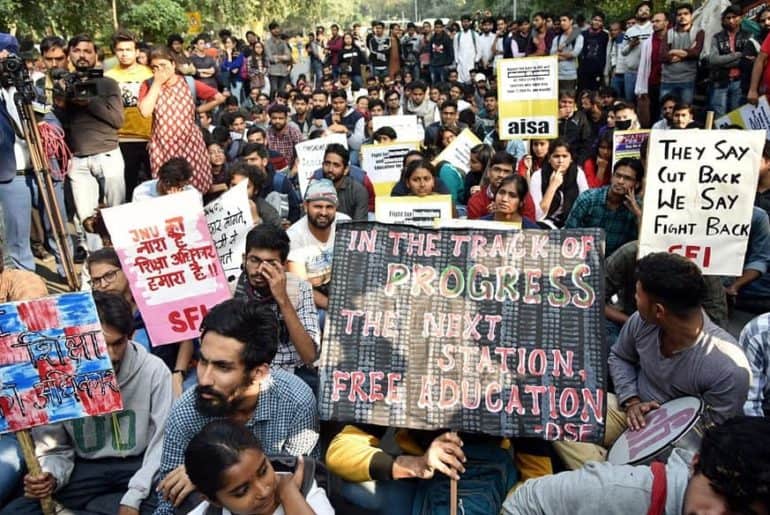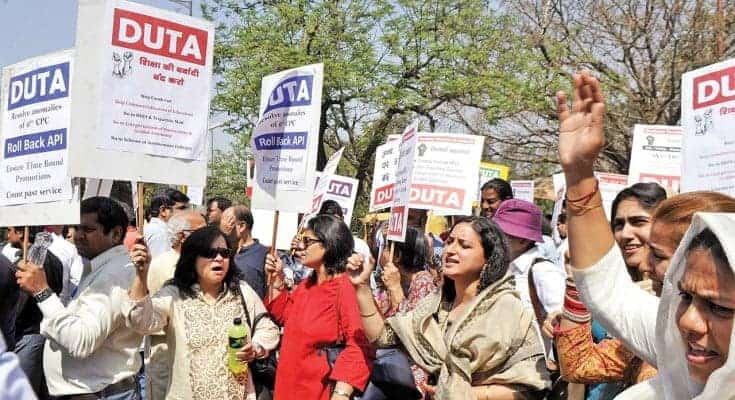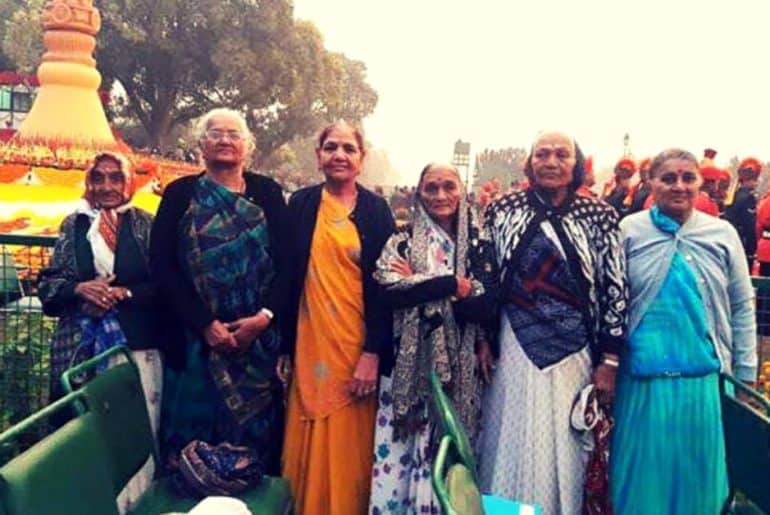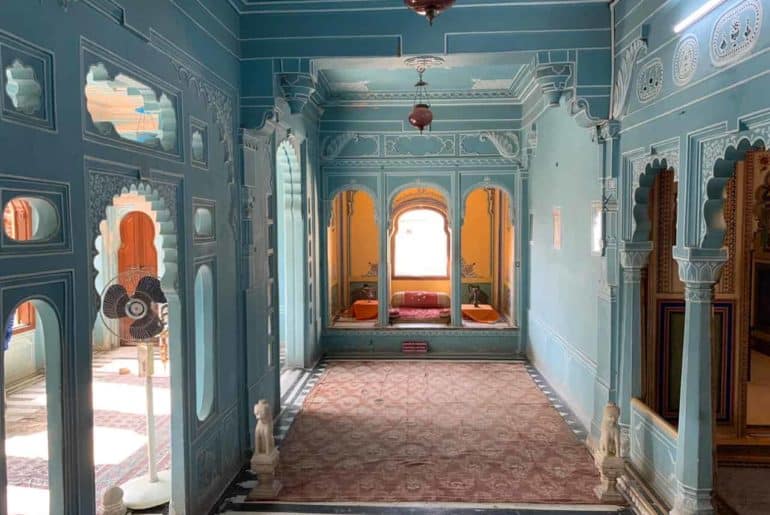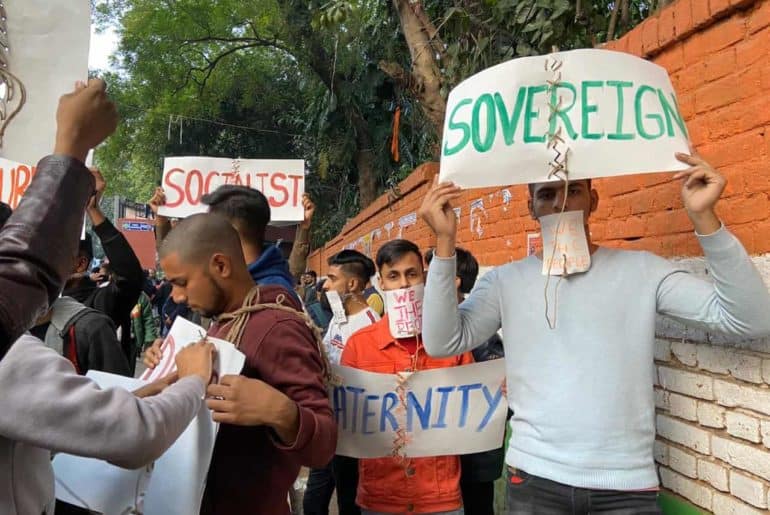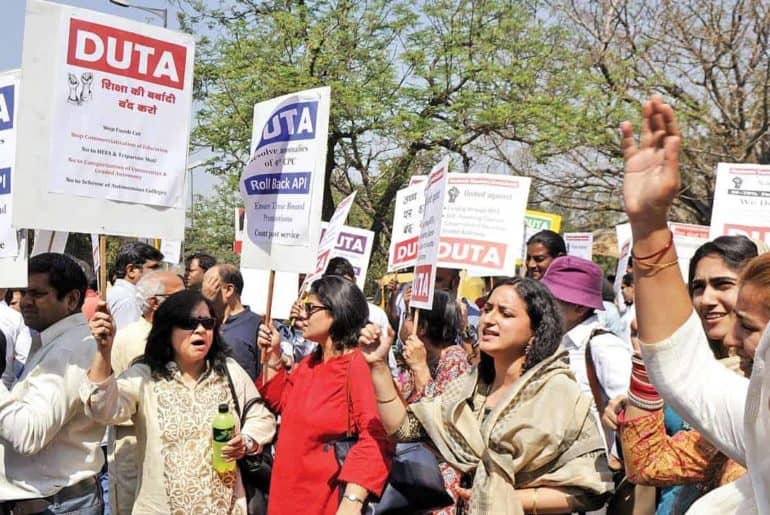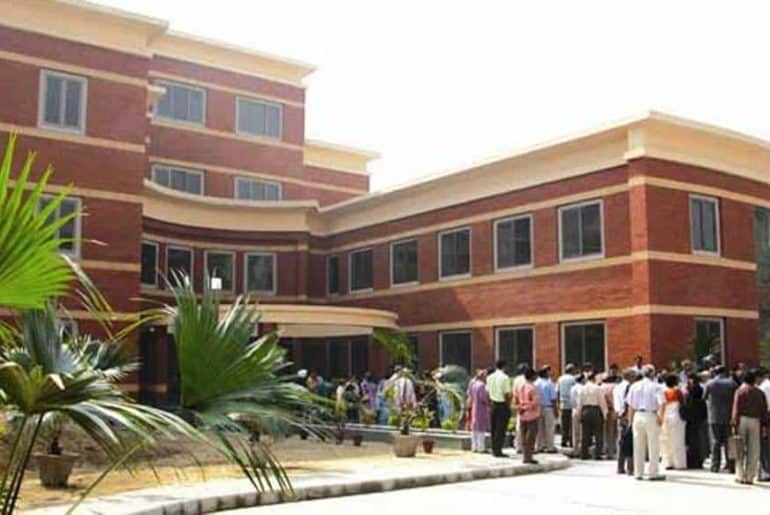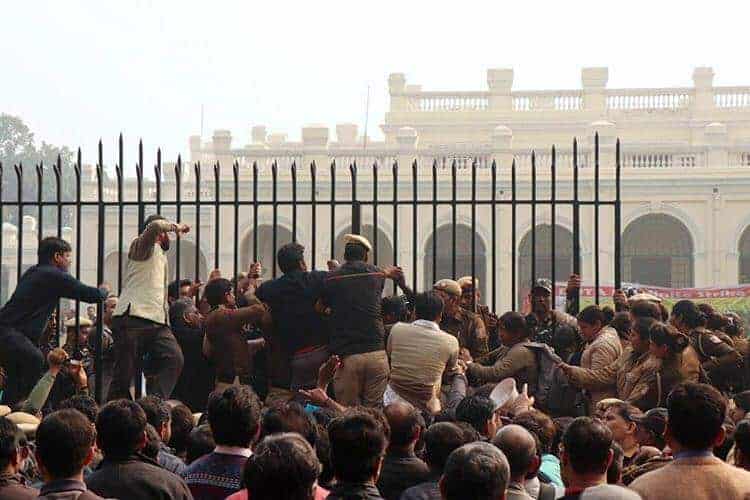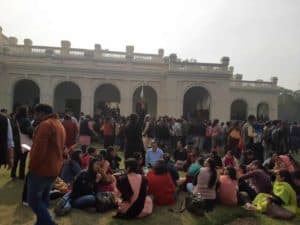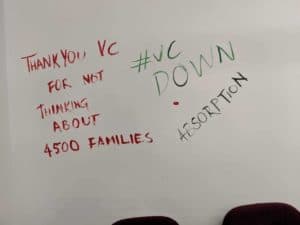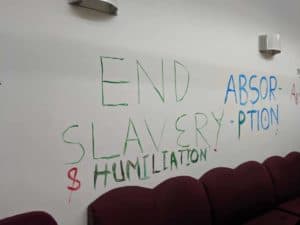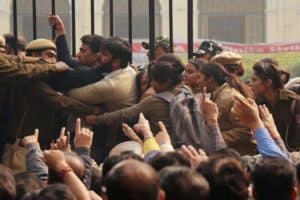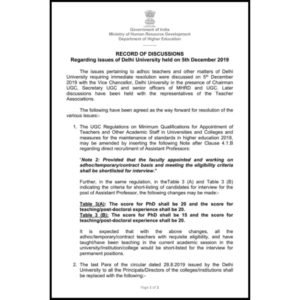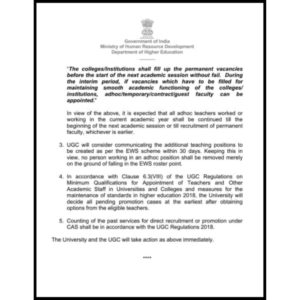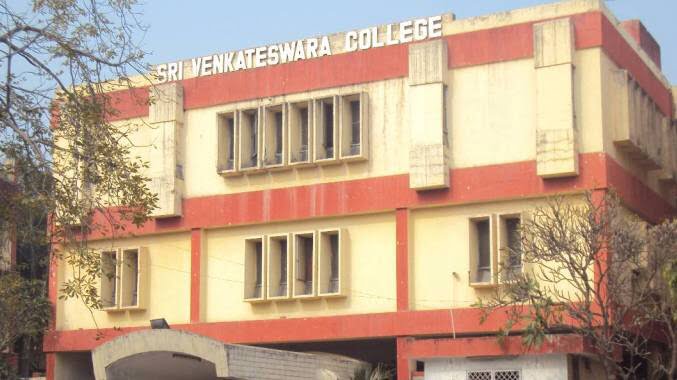Millennials have come out on the streets to fight against the wrongs not just in India but all around the world. Read ahead to find out the reasons for the global protests.
All of us know about the protests going on against the Citizenship Amendment Act (CAA) and National Register of Citizens (NRC) in various cities across India. But it is not just the Indians fighting for what is right, but people all around the world are standing up against what they think is wrong, and are demanding change from those in power. This is the reason why Jackson Diehl has termed 2019 as ‘the year of the street protestors’.
It is the season of discontent and unrest in seemingly everywhere. Countries from Lebanon to Spain to Chile, Paris, and India amidst many others are burning with the rage of the protesters who have taken to streets to oppose what they think is wrong. While some are fighting against inequality and corruption, others are fighting for political freedom and climate change. The triggers are different everywhere, but the igniting fuel is similar. It includes stifled democracy, stagnating middle classes and the conviction that things could be different.
In Paris, protestors have been marching on the streets to show their opposition against the controversial pension reform introduced by the government. The country’s complex pension system has been shaken up by Emmanuel Macron, who promised to do so in his 2017 election campaign. The earlier attempts made at reforming the pension scheme were made in 1995 by president Jacques Chirac, but he failed to do so after continuous strikes which continued for three weeks. Paris has been witnessing transport strikes for two weeks and every day lakhs of protestors come out on the streets across France to show their opposition.
Massive waves of protest across Chile, Lebanon, and Egypt were ignited by government’s corruption. Starting in October 2019, the Lebanese asked for the government’s resignation and change of political establishment, after allegations of corruption against the government and its failure to provide basic economic and social rights. Prime Minister Saad Hariri resigned on October 29, 2019, but anti-government demonstrations are still going on in the country.
The protests in Chile started after a hike in transport fare was announced by the government. It started in October 2019 and is still going on. The mass anti-government protests in Chile are organised to denounce the high costs of living, privatisation of water, rising electricity prices and other social issues. The politicians reached an agreement on November 15, to organize a referendum in April 2020 where Chileans will vote whether to replace the current charter of rights (Magna Carta) from Pinochet’s dictatorship and for a new legislative assembly.
In Guinea, opposition activists have been staging demonstrations since October 14, 2019. They allege that President Alpha Condé, who has been in power since 2010, is positioning himself to change the constitutionto then run for a third presidential term in late 2020. Condé has publicly called for a constitutional referendum on December 19.
In Hong Kong, protests began over a bill that would have allowed criminal suspects to be extradited to mainland China in certain circumstances. The mass action in Hong Kong in the summer of 2019 led to the withdrawal of the controversial legislation, but the protests themselves continued. The demands of the protesters have now expanded to include complete universal suffrage, an independent inquiry into alleged police brutality, and amnesty for demonstrators who have been arrested.
The widespread protests going on in India against the Citizenship Amendment Act have gained global attention. Students from various universities along with other people have been coming out to the streets each day to show their opposition to the act, which they consider to be unconstitutional and islamophobic since December 4, 2019. The protests began in the north-eastern states and spread to all the other regions. India currently is witnessing a period of turmoil, which might lead the world’s largest democracy into shambles, with the government using anti-democratic means to deal with the protestors throughout the country. Although, the imposition of Section 144 CrPC, curfew, lathi charges by police and internet ban in various places has not reduced the rage in the blood of protestors.
The use of tear gas, water cannons, and rubber bullets have been some of the common practices adopted by the authorities to suppress the protests in all the cities throughout the world. But, it is still not enough to suppress the voice of today’s youth, which is burning with rage.
Feature Image Credits: ANI
Priya Chauhan

